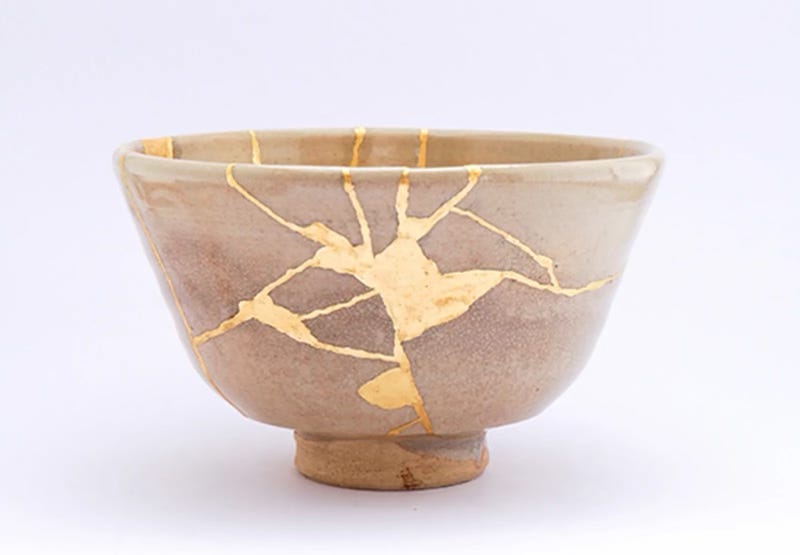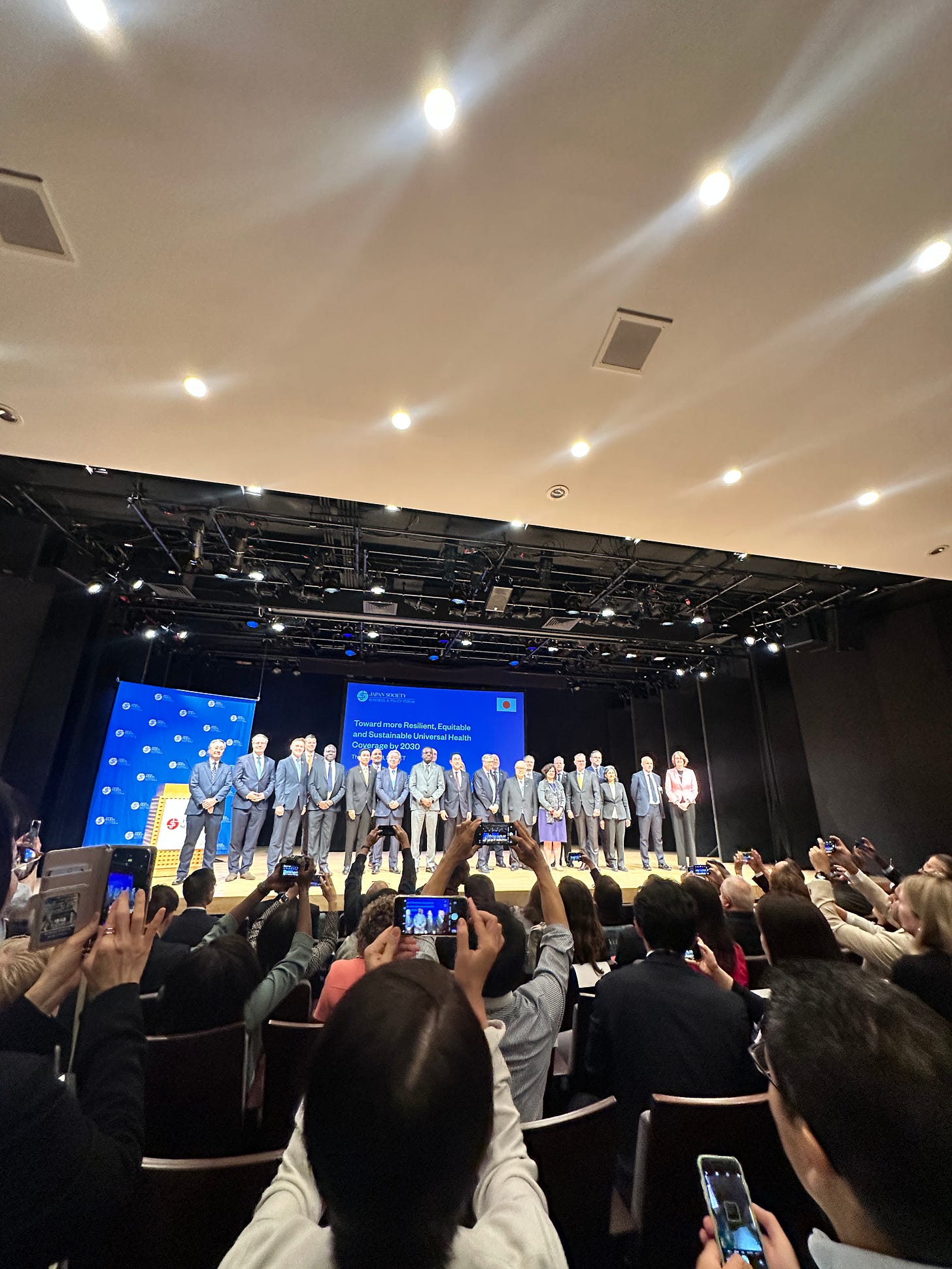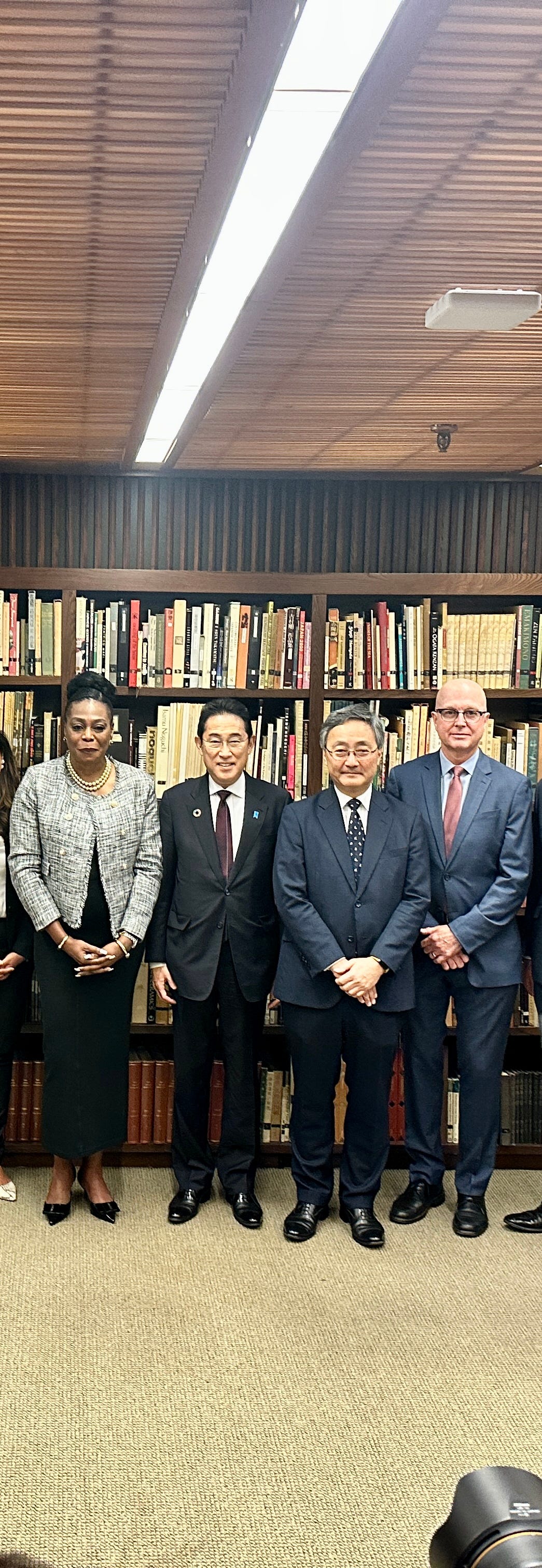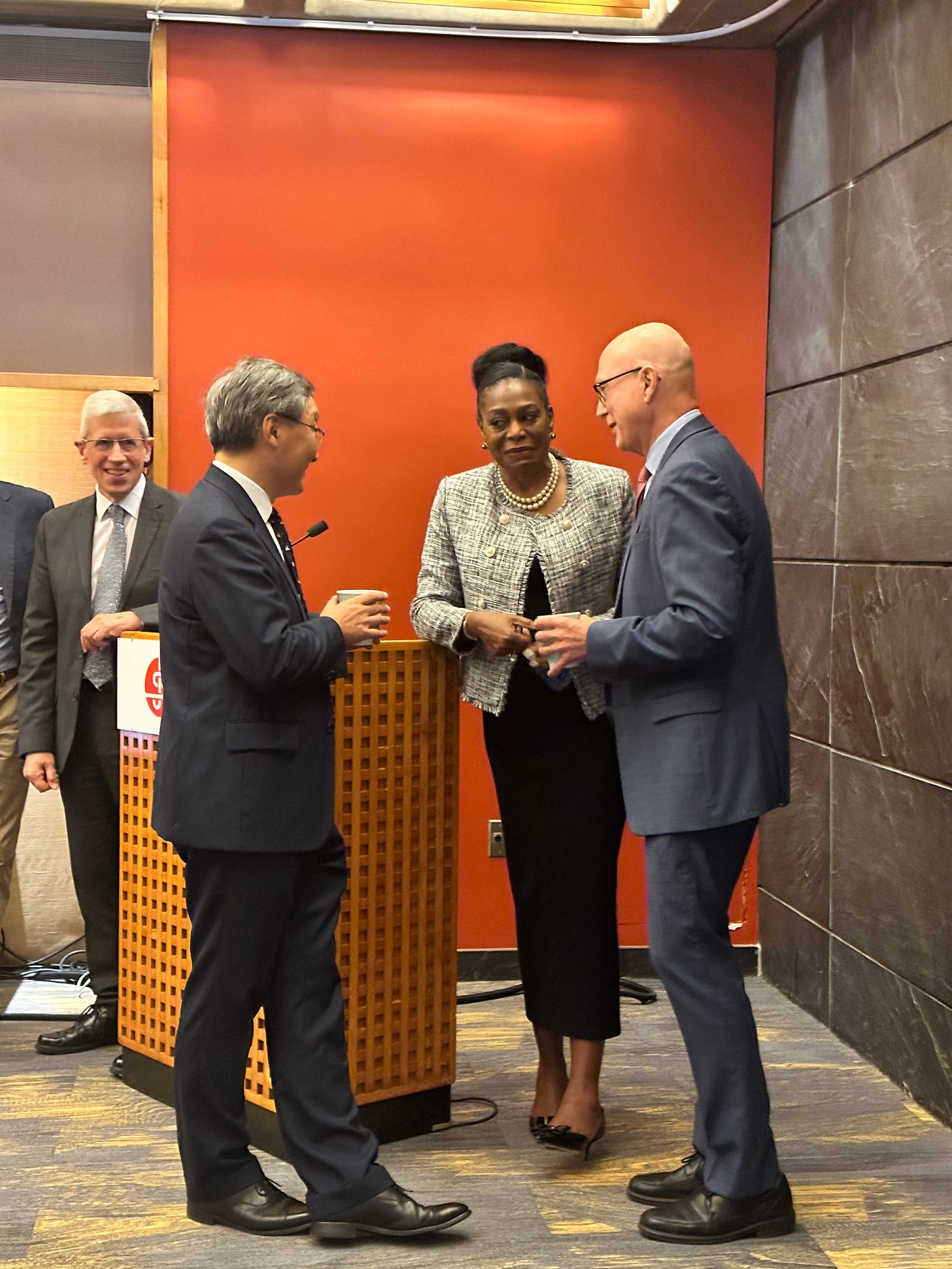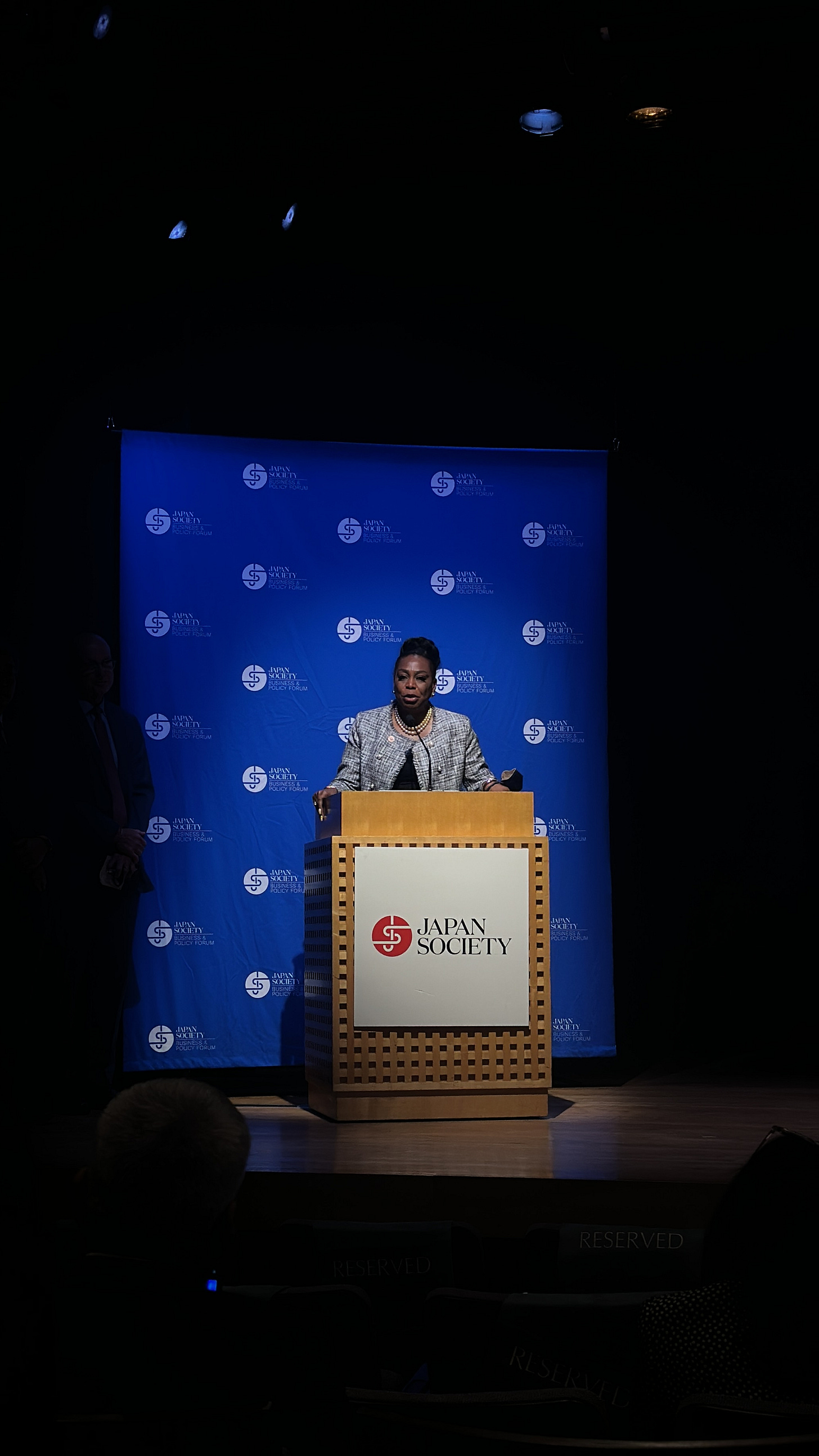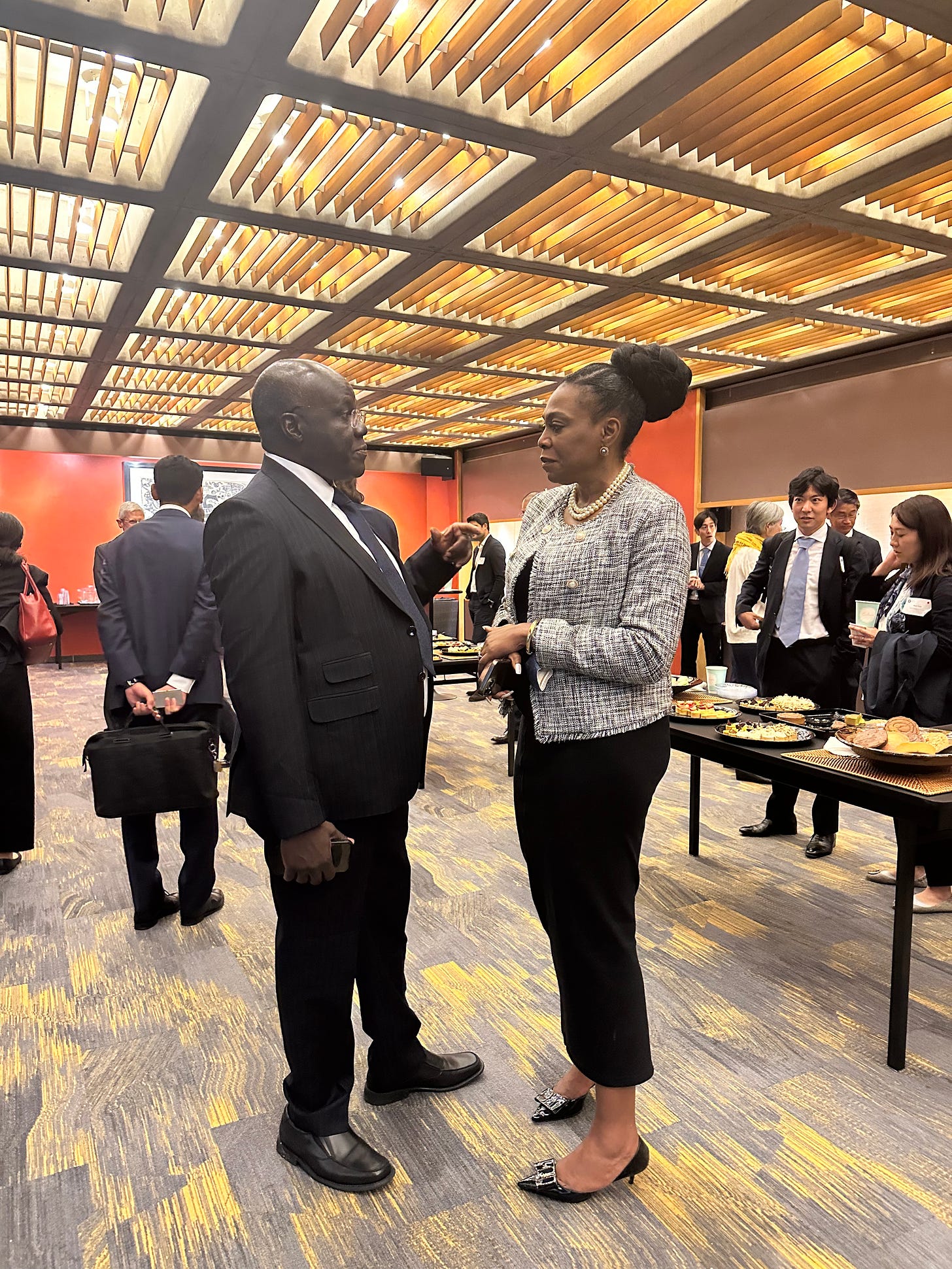Kintsugi for Global Health: The G7's Vision for Renewal Through Investment
Globally, the divergent paths of nations and communities, shaped by a mélange of historical forces, have created disparate realities. Injustices, steeped in the dark chapters of conquests, colonialism, and exploitation, have skewed resource distribution, concentrating wealth and power in the hands of a few. This has catalyzed global pursuits for democracy and justice, ideals that champion equitable quality of life for everyone. The world is increasingly recognizing the rights of women, the differently-abled, and minorities, striving to provide them with equal opportunities and protections. These ideals, hard-fought and dearly won, remind usthat progress towards equity often comes with significant sacrifice and struggle.
The path to societal equity is strewn with both conflicts and milestones. No society is immune to imperfections, but the most successful ones ingeniously work within their unique cultural and historical contexts to build a better life for their citizens. This process is akin to the Japanese philosophy of Kintsugi, which means 'golden joinery.' Kintsugi is an art form that embraces flaws, turning them into aesthetic triumphs by mending broken ceramics with golden lacquer. This technique not only accentuates the repaired flaws but also adds a new dimension of beauty and resilience to the object.
In the same vein, nations have turned their unique challenges into opportunities through innovation. Societal improvement necessitates comprehensive changes across various sectors, demanding consistency in implementing innovative strategies. This presents immense challenges and opportunities for policy-making, particularly for LMICS.
Navigating the complexities of building equitable societies in LMICs is akin to a voyage across uncharted waters. It calls for an extraordinary level of political commitment—a willingness to explore new governance models, innovative financing mechanisms, and novel partnerships. Here, the Kintsugi philosophy serves as a beacon, illuminating our quest across LMICs to transform and elevate our health infrastructures. It acknowledges that traversing through hardships can lead to the realization of greater potential.
However, the Kintsugi approach to reforming our health systems involves more than just monetary investment; it employs a holistic strategy including, but not limited to, investment in communities, education, women, local health networks, development and implementation of training programs for health workers, fostering local humanitarian assistance, and establishing public-private partnerships to facilitate investment in local production of medical countermeasures. This approach, much like Kintsugi, is catalytic and sustainable, saveing resources by not discarding damaged items but repairing and enhancing them. For LMICs, a shift towards narratives of self-reliance and internal solutions is needed, shifting from a dependency on aid to partnerships with investors and collaborators.
In today's rapidly transforming world, the challenges in global health, particularly in Low- and Middle-Income Countries (LMICs), have escalated dramatically. The urgency for innovative financing solutions to address these challenges is increasingly evident. The Impact Investment Initiative for Global Health (Triple I for GH) emerges as a beacon of hope, offering a new approach to tackling global health issues. Conceived as a G7 initiative led by Japan's visionary leadership, Triple I was launched at the United Nations General Assembly High-Level Meetings in September 2023. This collaborative G7 effort with Japan at the helm, leverages impact investments to seek measurable social and environmental benefits alongside financial returns, revolutionizing our response to global health challenges.
In an extraordinary gathering that marked the launch of the Triple I for Global Health, a diverse and influential group of global leaders and stakeholders convened, underscoring the immense potential of this initiative. Attendees included heads of state such as Prime Minister Kishida Fumio of Japan and representatives from key international organizations like Dr Tedros Adhanom Ghebreyesus of WHO, World Bank, Catherine Russell of UNICEF, Bill Gates of the Bill and MelindaGates Foundation, and many other distinguished personalities and institutions. This high-level forum, occurring amidst UNGA meetings, attracted a wide array of participants from the G7 and G20 countries as well as representatives of the African Union and ASEAN countries, reflecting a substantial global commitment. The presence of such a broad spectrum of influential figures from the international community, including significant private sector representation, illustrates the widespread support for and belief in the transformative potential of Triple I. The initiative, by garnering this level of backing, demonstrates a powerful shift towards more sustainable, equitable, and resilient health financing, especially for LMICs. It encapsulates a collective vision where nations and communities, previously constrained by traditional donor-recipient dynamics, can now envisage a future of enhanced agency and control over their health agendas, supported by sustainable and aligned investments.
To grasp the direction of this initiative, envision not the conventional aid paradigms but rather Development Finance Institutions (DFIs) — specialized entities designed to catalyze private sector investment in critical sectors like health. DFIs strategically channel resources to stimulate economic growth and sustainable development, particularly in regions where the risks might deter traditional investors. By focusing on sectors like health, these institutions play an integral role in improving access to medical services, enhancing public health infrastructure, and fostering innovative health solutions. This approach not only bridges investment gaps but also aligns financial returns with long-term social and developmental impact.
I must emphasise that health financing for LMICs is more than an economic or policy issue; it is a matter of survival. Our developmental challenges, especially in health, require innovative and tailored financial solutions. Despite rich resources and vibrant cultures, many lower-income nations face economic constraints. Addressing these challenges necessitates private sector involvement, with their financial expertise and agility being crucial for making the investments necessary for a prosperous population. As the Yoruba saying goes, "Aki i gbin àlubosa kà hu efó, ohun ti eniyan bá gbin ni yoò ká" – our future harvest depends on the seeds we sow today.
Alongside my fellow co-Chairs — Steve Davies and Ken Shibusawa — we are ably supported by a Secretariat based in the Japanese Cabinet Office, under the skilled leadership of Ambassador Naoki Ito. As we embark on this journey, beginning with insightful partner roundtables and high level steering committee meetings I am eager to delve into the work leading to our collective departure from traditional models of engagement with LMICs. Our aim is to foster approaches that honor the unique needs and autonomy of each nation and community.
I am optimistic about our potential to navigate a path where LMICs are valued as equal partners in the transformation of their health sectors. Our goal is to engage local investors, moving beyond the old donor-recipient dynamic towards a narrative of mutual growth and partnership. When I think of Triple I's vision of transforming our health landscapes into systems marked by resilience, beauty, and equitable access for all, I can clearly see and make the connection to repairing broken pottery with gold and making flaws and imperfection beautiful; making the repaired pot better than the original. As with Kintsugi, we know just how resource intensive the process is, but we also know just how profoundly worthwhile it is.
The challenges facing health systems in many LMICs are undeniable, as evidenced by stark human indicators. Yet, there is hope for repair. We must believe in the attainability of the ‘gold’ – the essential resources, financing, partners, and ideas. Initiatives like Triple I are key; they unlock these treasures, enabling us to not only restore but enhance our health systems, turning imperfections into symbols of utility and beauty.
In this journey, the focus is not solely on the injection of funds but also on building robust health infrastructures. This includes the development of local pharmaceutical production capacities, investment in health worker training programs, and the enhancement of diagnostic capabilities. These initiatives are crucial for building resilient health systems that can withstand the pressures of epidemics, pandemics, and other health crises.
Triple I's role in this transformative process is multifaceted. It serves as a catalyst for mobilizing funds, a platform for sharing best practices, and a conduit for technological transfer. It aims to bridge the gap between high-impact health projects and socially conscious investors, ensuring that investments yield not only financial returns but also significant health and social benefits.
Recent events, notably the COVID-19 pandemic, have reignited vital discourses in development, particularly among voices from the Global South. This dialogue not only invites a thoughtful reconsideration of how various global health initiatives can be refined to align more closely with national health priorities and the pursuit of Universal Health Coverage (UHC), but also crucially demands a fundamental transformation of development in general and the global health architecture in particular. There is a growing consensus on the necessity for countries to exercise sovereignty over their health policies. To effectively realize their health objectives and fortify their health systems, LMICs require external resources that are completely harmonized with their national health strategies. This approach should pave the way for a sustainable increase in domestic financing, ensuring that these countries' health agendas are both self-directed and resilient.
With the recent launch of Triple I for Global Health, we have a unique opportunity to do things differently, to move from old donor-recipient paradigms to more sustainable forms of financing that give nations and communities more agency and control over their own health agendas and their capacity for raising financing.
This week has seen further discussions in Japan at the ‘Global Health Multistakeholder Dialogue: from Hiroshima to Puglia’ as Japan prepares to hand over the baton to Italy. We maintain hope for transformation as stakeholders review past commitments made to pandemic preparedness and resilient health systems- something that Triple I proposes to address through strengthening health systems.
As we strive towards a world where health equity is not merely an aspiration but a tangible reality, the principles of Kintsugi and the innovative approach of Triple I for Global Health become instrumental. They guide us in navigating the complexities of health financing in LMICs, turning challenges into opportunities for growth and advancement. This journey is about stitching together a patchwork of solutions, each unique yet contributing to global health resilience and equity.



